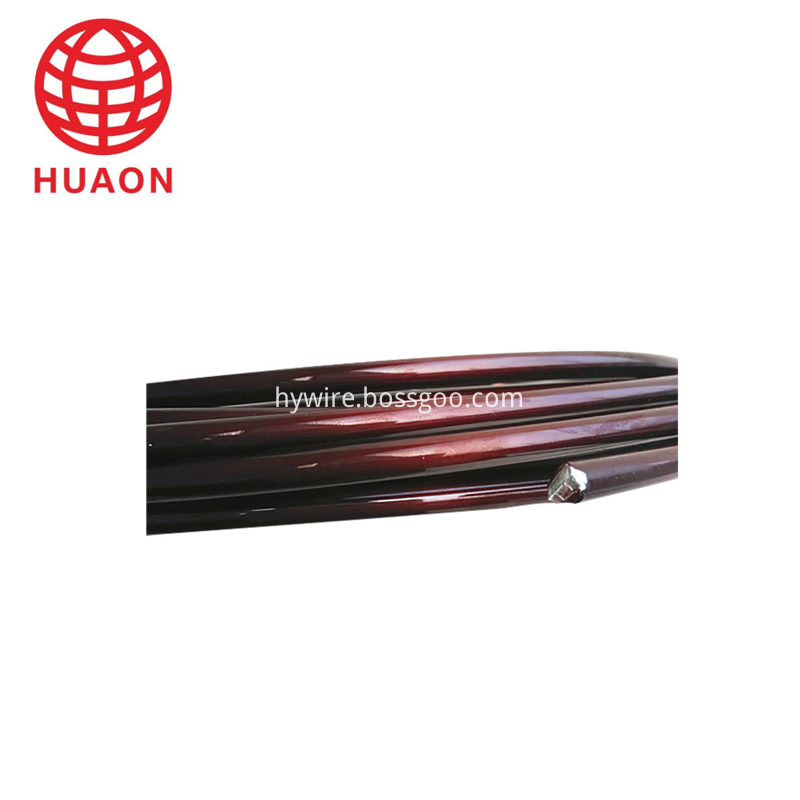Human Renal Aminease (RNLS/MAO-C)
ELISA
Kit
Instructions for Use
This kit is intended for research use only and not for diagnostic or therapeutic purposes.
Experimental Principle
The Human Renal Aminease (RNLS/MAO-C) ELISA Kit is designed to quantitatively determine the levels of this enzyme in biological samples. The method is based on a double-antibody sandwich immunoassay. A microplate is pre-coated with a specific antibody against human RNLS/MAO-C. After adding the sample, the target antigen binds to the immobilized antibody. A secondary HRP-conjugated antibody then recognizes the bound antigen, forming an immune complex. Following washing steps, a TMB substrate is added, which changes color in the presence of HRP. The intensity of the color is directly proportional to the concentration of RNLS/MAO-C in the sample. The absorbance is measured at 450 nm using a microplate reader, and the concentration is determined by comparing the sample OD values to a standard curve.
Kit Composition
1. 130x Washing Solution – 20ml × 1 bottle
2. Stop Solution – 6ml × 1 bottle
3. Enzyme Standard Reagent – 6ml × 1 bottle
4. Standard (640ng/L) – 0.5ml × 1 bottle
5. Enzyme-Labeled Coating Plate – 12 wells × 8
6. Sample Diluent – 6ml × 1 bottle
7. TMB Substrate A – 6ml × 1 bottle
8. TMB Substrate B – 6ml × 1 bottle
9. Standard Dilutions – 1.5ml × 1 bottle
10. Instructions – 1 copy
11. Sealing Film – 2 sheets
12. Sealed Bag – 1
Sample Requirements
1. Samples should be processed as soon as possible after collection. If immediate testing is not possible, store at -20°C, avoiding repeated freeze-thaw cycles.
2. Samples containing NaN3 should not be used, as it may inhibit HRP activity.
Kit Procedure
1. Standard Dilution: Prepare a series of standards from the original stock solution. For example, dilute 150μl of the original standard with 150μl of diluent to make a 320ng/L standard. Continue diluting accordingly to create a standard curve.
2. Loading: Add 50μl of each standard and 40μl of sample diluent into the corresponding wells, followed by 10μl of the sample. Ensure all samples are mixed gently without touching the well walls.
3. Incubation: Seal the plate and incubate at 37°C for 30 minutes.
4. Washing: Wash the plate 5 times with diluted washing buffer, ensuring thorough removal of unbound substances.
5. Enzyme Addition: Add 50μl of HRP-labeled antibody to each well except the blank control.
6. Incubation: Repeat the 37°C incubation for another 30 minutes.
7. Color Development: Add 50μl of TMB A and 50μl of TMB B, incubate at 37°C for 10 minutes.
8. Termination: Add 50μl of stop solution to each well to halt the reaction.
9. Measurement: Read the absorbance at 450nm within 15 minutes of stopping the reaction.
Calculation
Plot the OD values of the standards against their concentrations to generate a standard curve. Determine the sample concentration by interpolating the OD value on the curve. Multiply the result by the dilution factor to obtain the actual concentration.
Precautions
1. Allow the kit to reach room temperature before use. Store any unused enzyme reagents in a sealed bag after opening.
2. If the washing solution crystallizes, warm it in a water bath before use.
3. Use a micropipette and ensure accurate measurements. Limit loading time to 5 minutes per batch.
4. Always prepare a standard curve and run duplicates. If the sample OD exceeds that of the highest standard, dilute the sample before testing.
5. Use a new sealing film for each experiment to prevent contamination.
6. Keep the substrate away from light.
7. Follow the instructions strictly and rely on microplate reader results for accuracy.
8. Treat all samples and waste as biohazardous materials.
9. Do not mix reagents from different batches.
Storage Conditions and Expiration Date
1. Store the kit at 2–8°C.
2. Shelf life: 6 months from the date of manufacture.
| About PEW Enameled Aluminium Wire |
We product class 155 enameled aluminium wire from 2.65-6.0 mm.
According to the characteristics of motor, transformer, automotive electrical and high-speed winding machine, we have advantages in resilience, breakdown voltages and have imported machine to protect the quality of Enameled Copper Wire.

|
Name |
Enameled Aluminum Wire |
|
Conductor |
Aluminum |
|
Dimension |
Diameter(mm): 2.65 ~ 6.0 |
|
Thermal Class(℃) |
130(Class B); 155(Class F); 180(Class H); 200(Class C); 220(Class C+); |
|
Standard |
IEC; ISO9000; ISO9001; IATF16949 |
|
Packing |
PT4 – PT200 or ply-wood spool |
|
Application |
Transformer; motor; generator; modern instrument; welding machine and so on. |
Class 155 heavy insulation thickness of modified polyester enameled aluminum round wire
Wire Of Motor,Pew Enameled Aluminium Wire,Aluminum Wire For Coils,Enameled Clad Aluminum Wire
HENAN HUAYANG ELECTRICAL TECHNOLOGY GROUP CO.,LTD , https://www.huaonwire.com
